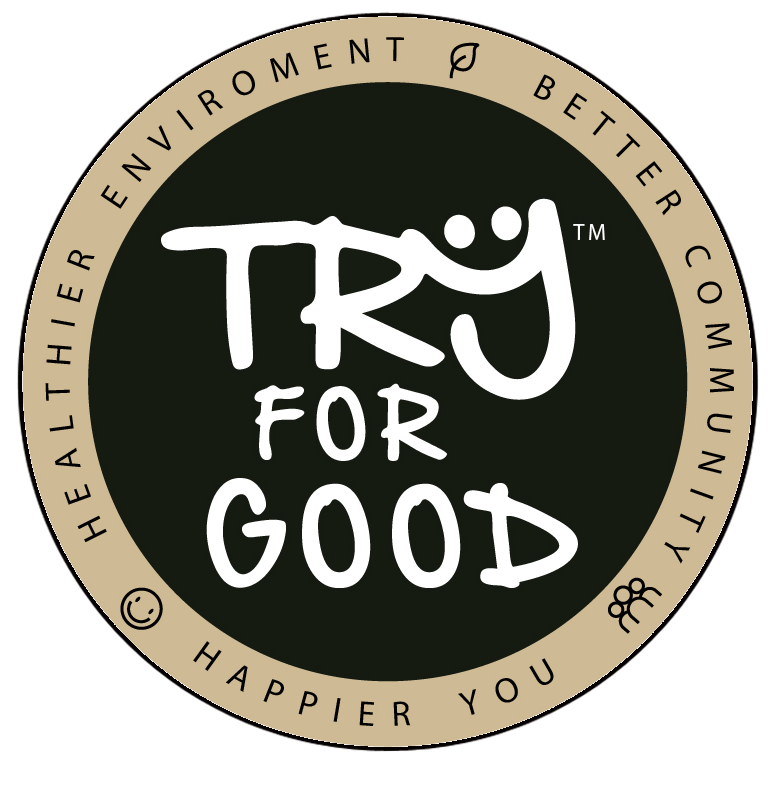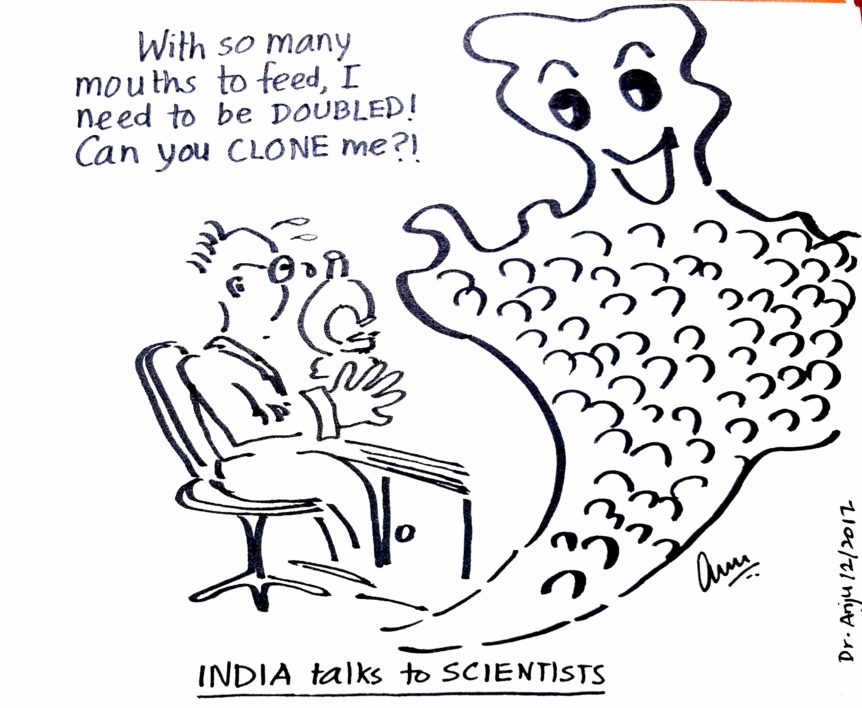RIDE ON SCIENCE & TRADITIONAL WISDOM. MAKE IT FUN. CONNECT WITH YOUTH.
Appeared in Impakter – Read
Consumerism- a tradition of West finds traction in the East; the landscape changes through globalization and liberalization. Consumerism definitely improves the economy. More demand leads to more production, creates more jobs, better packages and lifestyles; all to round back to more consumption. But how ready are these countries, ecologically and societally for it?
Perhaps focusing at the growing GDP in the Asian regions, the West might be centering on recuperating from their slowed economies first. In this scenario, the tried and tested approaches of consumerism are easy to apply where the consumers are in the awe of the West. The advertisers use the same tactics to make people feel more empowered, successful and happier! The once culturally conservative societies believing in savings and investments are smitten by the bug of “spend to buy happiness.” Cars, gadgets, clothes, accessories; the consumers look for newer options, upgrades and do not mind the raising debts with easily available credits. “Just for fun” buying is catching up in emerging countries like India, China, South Korea and Brazil. People are becoming more demonstrative of their new materialistic possessions. The countries in the East are undoubtedly developing fast, and people are becoming more affluent. However, many of these developing countries are in the red zone as far their ecological assets are concerned.
With its over 1.2 billion population, India is a lucrative destination for the global marketers. As India develops and aspires to thrive, there are some perils that stand gaping wide at it. Such as its mere 2.4% land mass to sustain the world’s largest population (its population density is 382/ square kilometer to world’s average of 46). India needs bio-capacity of two India’s to produce and absorb its waste (Global Footprint Network and CII). Growing population, flourishing economy with soaring consumerism, and accelerating development are the three significant and inevitable ecological threats of India. If they are not combined with “consciousness” and “sustainability” the doomsday may not be far.
An average Indian consumer is naïve, unaware and is mostly price conscious. Questions of quality and durability are diluting with the increasing range of products in the market at affordable prices, bundled with discounts or schemes of “buy more, save more.” The marketers are pushing heavy consumerism much like the West. In competition, the domestic marketers embrace similar strategies, while the trend creeps into rituals, festivals and even spiritual contentment. With the growing economy there are raising packages, expanding middle class with double to quadruple incomes per family. The race is no longer about “survival”, but “acquisitions” and “ostentation.” With “buy more” it is always “throw more” because the new sentiment is “adjust no more” which tinkers the conservative value system of India to “reuse.” This irresponsible consumerism does not only impact external environment, but also fractures integrity breeding negative competition.
Consumerism is growing deeper in the city pockets and is also penetrating the rural areas. However, with more rural migrants in the urban areas (in the need of education and job opportunities), it is a welcome situation for the sellers. The urban pollution, traffic and commotion are what a city dweller experiences every day. Thirteen of the world’s twenty most polluted cities are in India. Urban areas need a breather through all sustainable efforts. It is also a paradox that the urban spaces which are bustling with noise, leave some people more and more isolated and confined! These are the disabled and old, who find every street and commute unsafe with rising traffic, chaos and insensitivity and. While an average Indian family might be reaping the fruits of rising economy and better lifestyles, the disabled and their family caregivers jostle for finding their way out in the dramatically changing landscape.
Will the profit making companies remain ignorant to the silently suffering eco-system? Making the consumers busy in the same sentiments “buy more to save more” and “have it all to be happy”, will they create the societal divide deeper? The poor who feel more miserable will try harder to snatch it off!? Do improved lifestyles with some fashion apparels and accessories flashing off cars or gadgets matter, when the very basics of life- air, water and soil get all polluted?
The brands need to be responsible at the outset as they enter these markets. Businesses always have the opportunity to be sustainable at the core. Brands always have the power to influence societies and bring the change. But, most of the time the issues pertaining to the environment and the society are left for the Government to take care of. Alternatively, there are some NGOs voicing out in some communities, some science forums where research outreach mostly remains in the scientific community, or the Arts exhibits where there is sensitivity and appreciation but no mainstream action. There is an opportunity to innovate, differentiate by doing some good. The old formula of tapping on the sentiment of “happiness through consumerism” should be a passé. In the West, they have already experienced that pushing happiness through consumption has led to obesity, depression and other diseases. They can’t ignore the developing countries’ struggle with infrastructure, food shortage, flooding, drought, over population, corruption, pollution and so on.
In India, thankfully there is now a 2% mandatory CSR rule (since 2014-15). Since then many brands have come forward to child education, cleanliness and especially women upliftment or gender equality including the rights of LGBT. But then there is clamor and crowding in certain areas which is turning out to be more of a greenwash or pink wash, rather than long term impact. Because it is easier to give face in a commercial if it is about women or LGBT, but the ecosystem- unfortunately it has no face to relate with.
There are some interesting facts about these countries that can very well be integrated in the communication strategies and product design. Their ancient wisdom, progress through science and innovation, and targeting the young population hold a huge potential to spin around. So far Indian consumers have been a living frugal and sustainable lifestyle. Indians were the top-scoring environmentally sustainable consumers in the 2014 National Geographic/GlobeScan Consumer Greendex. The brands can take a look at these ethnic values.
In the Western region, the challenges after the economic slowdown are way too many. They are facing the conservative attitude where the younger generation is moving away from possessing, to experiencing and sharing. The demand is for healthier and greener solutions for people and planet. The new wave of greener solutions or “Karma cleansing” does echo in the developing countries too (which culturally has been their lifestyle). But it dwindles in the massive population which comprise of many naïve and not-so-conscious consumers. In such a scenario what should the brands do? Unfortunately, unlike the West, India and many other developing countries cannot afford to rejoice both consumerism and the natural wealth. India’s ecological assets are already in the yellow to red zone- be it soil, water or air. This is the scenario when so far Indian consumers (especially in the rural areas) have been a living frugal and sustainable lifestyle.
The need of the hour is to build awareness and sensitivity around people and planet. More and more sustainable brands should emerge to promote better and conscious lifestyles, thoughtful consumerism with end to end product traceability. If the global marketers think- Profitability first and Sustainability later, there may not be a second chance for the East!
About the Author:
Dr. Anju is a Communications Strategist with a blend of Science & Arts; keeps empathy at the core, embraces evolutionary media and passionately pursues sustainability. Anju has worked in diverse industries; consulted not-for-profits, biotech/healthcare segment across India & US. She believes that sustainable lifestyle is exigent, and marketers have a huge potential to impact communities positively. The communication should be based on Science which must be well-crafted into engaging pieces for mass absorption. Humor comes handy with that! Anju made an initiative “TRYForGood.com” with similar thoughts. She consults and speaks at science and business forums, writes and does cartoons.
About the initiative:
“TRY for Good” (TFG) is a small initiative conceptualized to bridge gap between Science, Arts and possible actions for sustainability, by raising awareness in the consumers and sellers. TRY stands for “The Responsible You” and while it consults organizations on sustainability through external and internal communications, it also organizes contests, workshops and meet-ups to for youth. TFG believes in the fact that humor and fun approach has a better impact and buy-in. In principal TFG is focused on wellness of people and planet. But to narrow it down, it is aligned around the UN SDG goals of Responsible consumption and productivity and sustainable communities. It also focuses on reducing inequality. All this is strived to achieve through communications and outreach riding on science, traditional wisdom combining it with Arts to engage youth.

